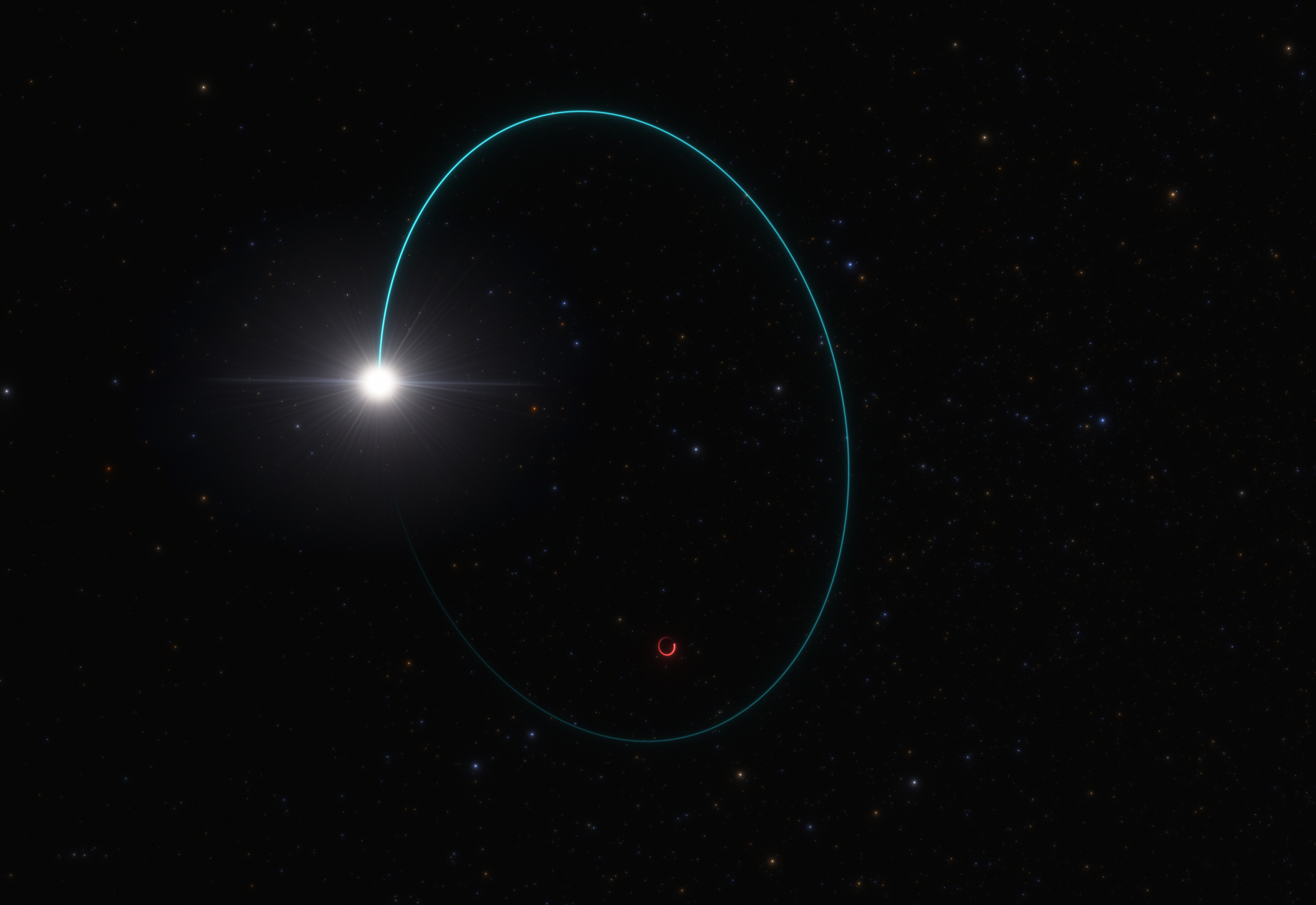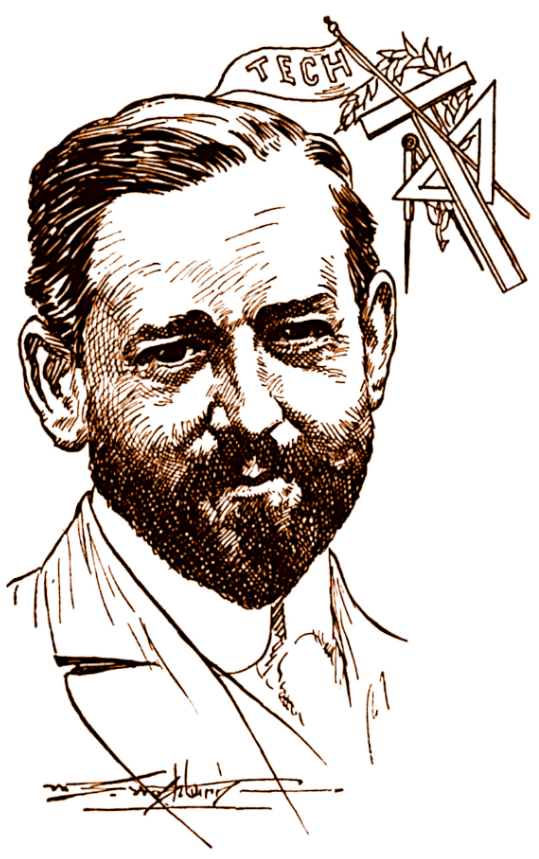
When the solar eclipse happened in Pittsburgh last Monday, we knew everything about it: The eclipse would begin at 2 p.m., end at 4:30 p.m., and 97 percent sun coverage would occur at precisely 3:17 p.m. How did we know this in advance? A lot of math and technology told us.
Astronomers have worked out models for how the Sun, Earth, and Moon move around each other using their gravitational fields, Newton’s laws of motion, and the precise shapes of each of these celestial bodies. Because all space is relative, astronomers consider where the Sun and Moon are located relative to Earth’s location. Using the current positions of these bodies at some time and several complex equations relating how they move, astronomers can program a computer to integrate these equations to find the relative positions of the Sun and Moon, as seen from the Earth, at any point in time, says NASA.
With this, along with historical pattern recognition, NASA can calculate details and timings of eclipses a thousand years into the future, and thousands of years into the past.
But you don’t necessarily need this technology to predict eclipses.
Plenty of historical astronomers did fine predicting eclipses without modern supercomputers.
The first documented correct total solar eclipse prediction was by English astronomer Edmond Halley in 1715. Halley predicted the eclipse within four minutes accuracy, and he drew a path of totality going across Great Britain that was only about 20 miles off. He did this by using many of Newton’s new theories, astronomical measurements, and plenty of math. This was in contrast to the fact that ancient civilizations could not predict the locations of total solar eclipses because there was no easy solar cycle to extrapolate from, and they could not precisely predict the location and motion of the Moon. Additionally, the path of totality in solar eclipses is relatively narrow, meaning that even when a total solar eclipse occurs, it will only be visible from a sliver of Earth.
Although correctly predicting total solar eclipses has been a relatively new phenomenon in human history, humans have been predicting lunar eclipses for millennia. One massive aid has been the Saros cycle, a cycle of 18 years for which the Sun, Earth, and Moon will be at roughly the same position at a specific point during any cycle.
When a lunar eclipse occurs on Earth, chances are another lunar eclipse will happen there 18 years later. But the same cannot be said for total solar eclipses; if one total solar eclipse happens at some point, another will likely occur 18 years later.
The catch is that totality will most likely be at a completely different spot on Earth. (Lunar eclipses, on the other hand, are each visible from about half the planet, making them easily predictable.)
After three Saros cycles, the sun generally returns to about the same spot on Earth, but with enough error to mean that total solar eclipses repeat in nearly the same locations every 54 years.
We don’t know how far back eclipse prediction goes — the Mayans, Chinese, and Babylonians may have predicted eclipses using naked-eye observations and pattern recognition since far before written records began. The Greeks had the Antikythera Mechanism, a mechanical device that predicted the positions of objects in the night sky. It could predict lunar eclipses using the Saros cycle, but it could only predict when a total solar eclipse would happen, not any details of where on Earth. The Mesopotamians also predicted eclipses using the Saros Cycle, which was of key importance because they associated total solar eclipses with kings’ deaths.
Eclipses are part of a shared human experience transcending space and time, and interestingly enough, predicting eclipses is also part of that shared human experience
Societies for most of history have not been able to make precise astronomical measurements and do complex calculations. Nowadays, those barriers are behind us. So if you’re yearning to see another eclipse, astronomers can tell you exactly where to go, and when.






Leave a Reply